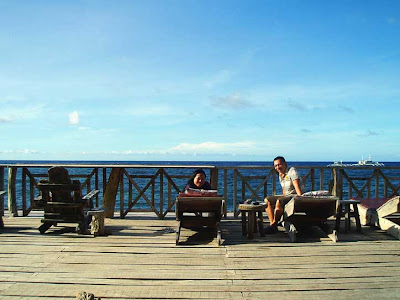No Bohol trip is complete without having one's picture taken beside the wide-eyed tarsier (the world's smallest primate. Unfortunately for these creatures, some visitors are not satisfied with just taking their pictures. Strictly speaking though, even the supposedly harmless act of taking their photos is stressful for these poor creatures. Tarsiers are supposed to be nocturnal animals. Say you work at night and sleep by day, would you want to be disturbed just to have your photo taken? Poor creatures.

The so-called man-made forest started as a tree-planting project initiated by students in a nearby school somewhere in the thicket. Eventually, the project became an annual event until the students were able to repopulate the area with trees.

In Dauis, stories were told about a natural fresh-water spring that just popped out of nowhere. Dauis is located in Panglao Island. The story grew into a folk legend, bolstered by the fact that even dug up freshwater resources in the island can taste a little salty.


The Baclayon Church is the oldest church in the province and possibly among the oldest vestiges of Spanish colonization in the Philippines. Too bad my camera's battery got drained and all it could spare was this single shot.
































































